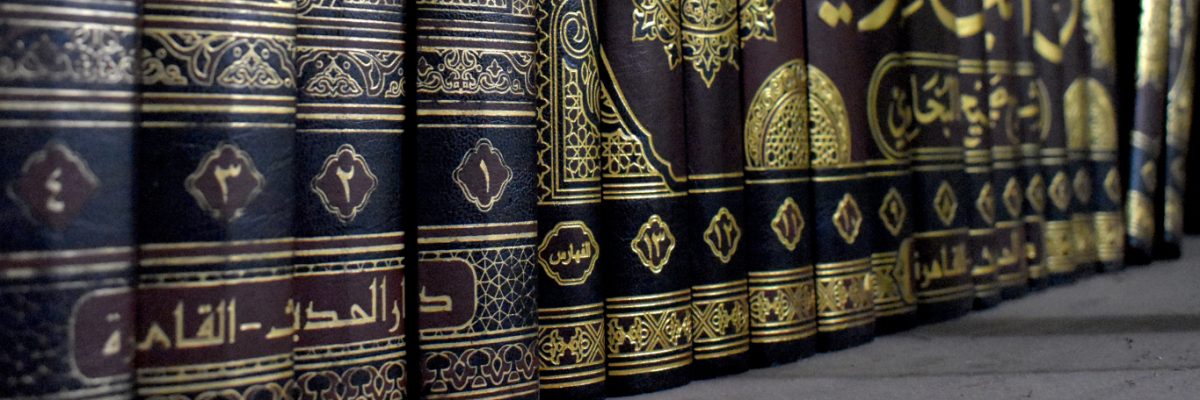Fatwa ID: 07449
Answered by Alimah Shireen Mangera-Badat
Question:
How will haidh be counted?
My haidh has lasted between 6-7 days since it started in 2020. However, for a while, I’ve been getting yellow discharges throughout the month (on and off ). My haidh now lasts between 5-6 days of actual blood approximately every 20 days and after that, I see brown and yellow discharge.
I count my haidh to be from the time I see the red blood until the end of the ten days and then I take a ghusl.
Regarding the yellow discharge I see during the rest of the month, I regard it as istihada and make wudu for every prayer.
Is this calculation correct?
In the name of Allah, the Most Gracious, the Most Merciful
Answer:
In Hanafi Fiqh, the calculation of haidh (menstruation) and distinguishing it from istihada (irregular bleeding) follow specific principles based on the woman’s regular habit and the nature of the discharge. To address your situation comprehensively, let’s go step by step based on Hanafi jurisprudence, along with relevant Arabic and English references.
- Haidh Duration and Habit:
In Hanafi Fiqh, the minimum duration of haidh is three days (72 hours), and the maximum is ten days (240 hours). Any bleeding or discharge beyond ten days is considered istihada (irregular bleeding). Once a woman’s regular habit is established, that habit is used to determine the duration of her menstruation unless there is a change confirmed over three months.
Thus, if your haidh was previously 6-7 days long, this is considered your established habit. However, if your actual bleeding now lasts 5-6 days, this may indicate a shift in your habitual cycle.
- Post-Haidh Discharge:
Regarding yellow or brown discharge after your main period of bleeding, Hanafi scholars agree that any coloured discharge (yellow, brown, etc.) within the ten-day window of haidh is considered part of the haidh if it occurs without a clear period of purity.
However, if this yellow or brown discharge happens after ten days or following a clear period of purity (white discharge), it is regarded as istihada.
- Your Current Situation:
You mentioned that your actual bleeding lasts for 5-6 days, and then you experience brown or yellow discharge. Based on the principles of Hanafi Fiqh:
- The 5-6 days of red blood would be considered haidh.
- The brown and yellow discharge following the main bleeding could still be considered part of haidh if it occurs within ten days of the start of your period.
- However, if this discharge continues after ten days, it would be classified as istihada, and you would perform ghusl and treat yourself as pure from that point onward.
In your case, if you are counting your haidh until the ten days from the start of bleeding and then making ghusl, this is generally correct. Any discharge beyond ten days would indeed be istihada.
- Yellow Discharge Throughout the Month:
You mentioned that you see yellow discharge on and off during the rest of the month. In Hanafi Fiqh, yellow discharge outside the days of haidh is considered istihada, and you must treat it as such. This means you are correct in making wudu for each prayer during these times.
Thus, you should continue treating the yellow discharge seen during the rest of the month as istihada, making wudu for each prayer.
- Your Calculation: Is it Correct?
Yes, your calculation is generally correct, with the following points of refinement:
1. Haidh starts from the time you see red blood and continues until the bleeding or discharge stops or reaches ten days.
2. If the brown and yellow discharge occurs within ten days of the start of the bleeding, it is part of haidh.
3. Any discharge beyond ten days is istihada, and you should make ghusl after the ten-day period, even if there is brown or yellow discharge beyond that.
4. The yellow discharge you see throughout the month is correctly regarded as istihada, and you should perform wudu for every prayer.
Based on Hanafi Fiqh, your method of counting haidh is largely correct:
The red blood you see is part of haidh, and you continue counting to ten days.
- The brown or yellow discharge within ten days is part of haidh. If it goes beyond ten days, it is istihada.
- The yellow discharge throughout the month is correctly treated as istihada, and you are correct in making wudu for each prayer during these times.
This method is in line with Hanafi jurisprudence, and you should continue as you have been practising, with the clarification that any discharge beyond ten days is treated as istihada, requiring you to perform ghusl and maintain regular wudu for prayer.
Only Allah knows best.
Written by Alimah Shireen Mangera-Badat
Checked and approved by Mufti Mohammed Tosir Miah
Darul Ifta Birmingham

